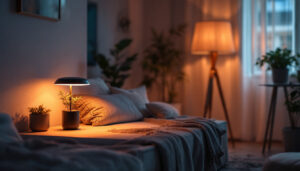
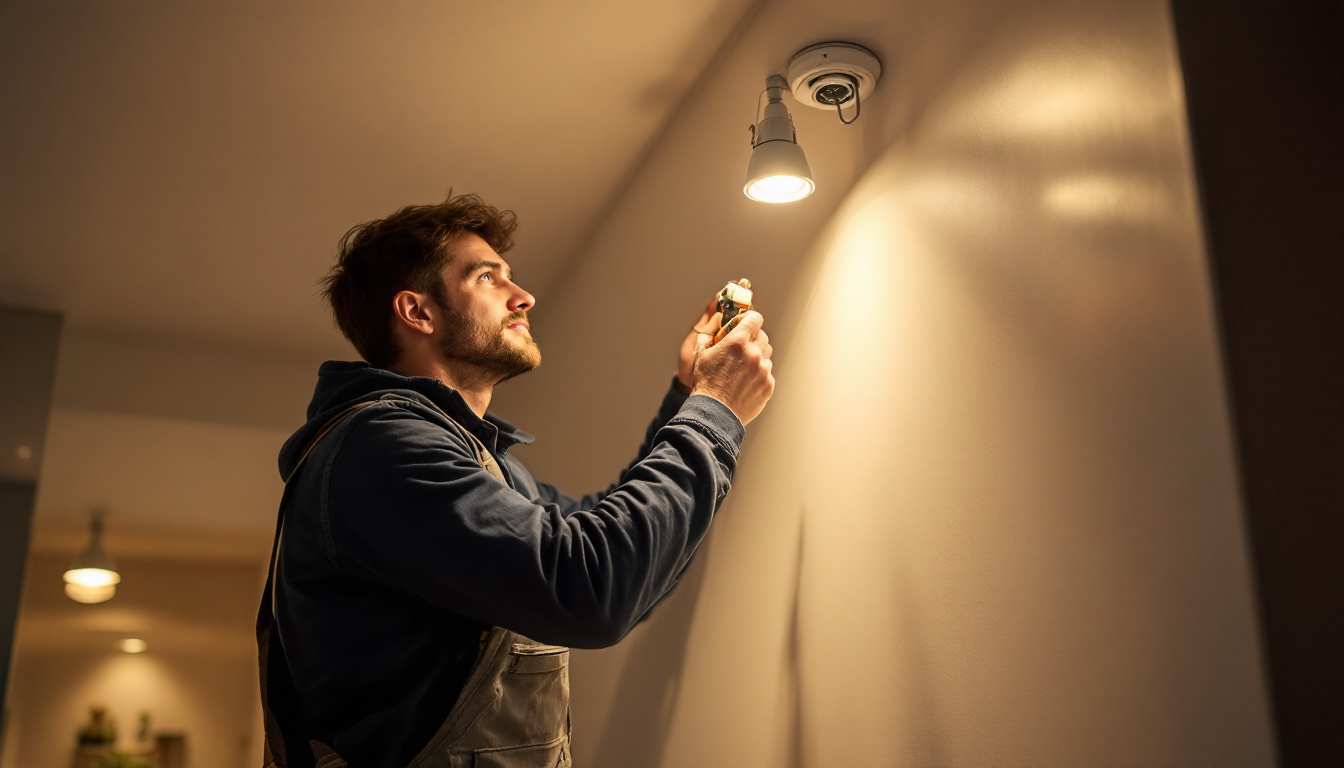
As the demand for energy-efficient lighting solutions continues to rise, recessed lighting conversion kits have become a popular choice among homeowners and contractors alike. These kits allow for a seamless transition from traditional lighting to modern LED systems, providing both aesthetic and functional benefits. For lighting contractors, understanding the essentials of recessed lighting conversion kits is crucial for delivering high-quality installations. This article serves as a comprehensive checklist to ensure every aspect of the conversion process is covered.
Recessed lighting conversion kits are designed to simplify the process of upgrading existing recessed fixtures to LED technology. These kits typically include everything needed for installation, such as LED bulbs, trim, and necessary hardware. The primary advantage of using a conversion kit is the ability to enhance energy efficiency while maintaining the desired ambiance of a space. Moreover, as energy costs continue to rise, homeowners are increasingly looking for sustainable solutions that not only reduce their carbon footprint but also provide long-term savings.
Contractors should be familiar with the various types of kits available on the market, as they can differ in terms of compatibility, design, and installation requirements. Understanding these differences is essential for providing clients with the best options tailored to their specific needs. Additionally, staying updated on the latest advancements in LED technology can help contractors recommend the most efficient and effective solutions, ensuring that their clients benefit from the best products available.
There are several types of recessed lighting conversion kits available, including retrofit kits, complete kits, and trim kits. Retrofit kits are designed to fit into existing housings, making them a cost-effective solution for upgrading older fixtures. Complete kits come with everything needed for installation and are ideal for new constructions or complete renovations. Trim kits, on the other hand, focus on the aesthetic aspect, allowing for customization of the fixture’s appearance. These kits can come in various shapes, colors, and finishes, enabling homeowners to achieve a cohesive look that aligns with their design vision.
One of the primary benefits of recessed lighting conversion kits is their energy efficiency. LED lights consume significantly less power than traditional incandescent bulbs, leading to lower electricity bills for homeowners. Additionally, LED lights have a longer lifespan, reducing the frequency of replacements and maintenance costs. This longevity not only translates to savings but also contributes to less waste in landfills, aligning with environmentally conscious practices.
Another advantage is the versatility of design. With various styles and finishes available, contractors can offer clients a range of options that complement their interior decor. This not only enhances the visual appeal of a space but also adds value to the property. Furthermore, many LED conversion kits are dimmable, providing homeowners with the flexibility to adjust lighting levels according to their mood or activity, whether it be for a cozy movie night or a bright, energizing workspace. The ability to customize lighting in this way can significantly improve the overall functionality and comfort of a home.
Before embarking on a recessed lighting conversion project, contractors must ensure they have all the necessary tools and materials at hand. This preparation is key to a smooth installation process and can significantly reduce the time spent on the job. A well-organized workspace not only enhances efficiency but also promotes safety, allowing contractors to focus on the task at hand without unnecessary distractions.
Some essential tools for installing recessed lighting conversion kits include a drill, screwdriver, wire stripper, and voltage tester. A laser level can also be beneficial for ensuring precise alignment and placement of fixtures. Additionally, a stud finder can help locate ceiling joists, which is crucial for securely mounting the fixtures. Having these tools readily available will streamline the installation process and minimize potential delays. Furthermore, it’s wise to have a good quality flashlight on hand, as it can be invaluable when working in dimly lit areas or attics where visibility is limited.
In addition to the conversion kits themselves, contractors should stock up on various materials such as electrical tape, wire nuts, and junction boxes. Depending on the specific project, additional materials like insulation or drywall may also be required. It is advisable to review the installation instructions provided with the kit to determine any additional materials that may be necessary. Moreover, having a selection of different gauge wires can be beneficial, as it allows for flexibility in adapting to various electrical configurations. Contractors should also consider purchasing extra bulbs to ensure that the lighting is consistent and meets the desired brightness levels. This foresight can prevent last-minute trips to the hardware store, keeping the project on schedule and within budget.
The installation of recessed lighting conversion kits can vary depending on the type of kit and the existing fixtures. However, there are general steps that contractors can follow to ensure a successful installation.
Before beginning the installation, it is crucial to turn off the power to the existing fixtures at the circuit breaker. This step ensures safety during the installation process. Next, contractors should remove the existing bulbs and trim from the recessed housing, taking care to note how the old fixtures were connected. It may also be beneficial to take photographs of the original setup, as this can serve as a helpful reference during reinstallation. Additionally, contractors should inspect the existing wiring for any signs of wear or damage, as this could affect the performance of the new lighting system.
Once the old fixtures are removed, contractors can begin installing the conversion kit. This typically involves connecting the new LED module to the existing wiring. It is essential to follow the manufacturer’s instructions closely during this step to ensure proper connections and avoid any electrical hazards. Many modern kits come with color-coded wires, which simplify the connection process and help prevent mistakes. Furthermore, contractors should consider the beam angle and color temperature of the new LEDs, as these factors can significantly influence the ambiance of the space. Choosing the right brightness and hue can enhance the overall aesthetic and functionality of the room.
After connecting the wiring, the new trim can be attached to the housing. Many conversion kits feature a spring-loaded mechanism that allows for easy installation and removal of the trim. Ensuring that the trim is securely in place is vital for both aesthetics and functionality. Some kits also offer a variety of trim styles and finishes, allowing for customization that can match the decor of the home. This flexibility can be particularly appealing for homeowners looking to upgrade their lighting without a complete overhaul of their existing fixtures.
Once the installation is complete, it is important to restore power at the circuit breaker and test the new fixtures. Contractors should check for any flickering or inconsistent lighting, which may indicate a wiring issue. If everything is functioning correctly, final touches such as cleaning the fixtures and ensuring proper alignment can be addressed. Additionally, it may be worthwhile to adjust the angle of adjustable recessed lights to highlight specific areas or features within the room, such as artwork or architectural details. This not only enhances the functionality of the lighting but also adds an artistic element to the space, creating a more inviting atmosphere for occupants and guests alike.
While installing recessed lighting conversion kits can be straightforward, contractors may encounter certain challenges along the way. Being prepared for these common issues can help streamline the process and ensure a successful installation.
One of the most common challenges is compatibility between the existing housing and the new conversion kit. Contractors should carefully review the specifications of both the housing and the kit to ensure they are compatible. If a kit does not fit properly, it may be necessary to explore alternative options or modifications.
Wiring complications can also arise during the installation process. If the existing wiring is outdated or damaged, it may need to be replaced or repaired before proceeding with the installation. Contractors should be prepared to address any wiring issues promptly to avoid delays.
Safety should always be a top priority during any electrical installation. Contractors must adhere to local codes and regulations regarding electrical work, ensuring that all installations are compliant.
Before beginning any work, contractors should verify that the power is turned off to the circuit they will be working on. Using a voltage tester can help confirm that there is no electrical current present. Additionally, wearing appropriate personal protective equipment, such as gloves and safety glasses, can help prevent accidents during the installation process.
Proper installation of recessed lighting conversion kits is essential for fire safety. Ensuring that the fixtures are adequately ventilated and that there is no contact with insulation can help reduce the risk of fire hazards. Contractors should always follow the manufacturer’s guidelines regarding clearance and installation practices.
Once the recessed lighting conversion kits are installed, ongoing maintenance is essential for ensuring their longevity and performance. Educating clients on proper care can enhance their satisfaction and prolong the life of the fixtures.
Dust and debris can accumulate on recessed lighting fixtures, affecting their brightness and overall appearance. Regular cleaning using a soft cloth or duster can help maintain the aesthetic appeal of the lights. Contractors can recommend a cleaning schedule to clients to keep their fixtures looking their best.
Encouraging clients to monitor the performance of their recessed lighting systems is crucial. If they notice any flickering, dimming, or other irregularities, it may indicate a problem that requires attention. Promptly addressing these issues can prevent further complications and ensure the lighting system remains efficient.
Recessed lighting conversion kits offer an excellent opportunity for lighting contractors to provide clients with modern, energy-efficient solutions. By following this comprehensive checklist, contractors can ensure a smooth installation process, address common challenges, and maintain high safety standards.
Understanding the various types of conversion kits, having the right tools and materials, and being prepared for potential issues are all essential components of a successful project. With the right approach, contractors can enhance their reputation and deliver exceptional results that meet the evolving needs of their clients.
Ready to elevate your lighting projects with the best in spec-grade lighting? Look no further than LumenWholesale for all your recessed lighting conversion kit needs. Our commitment to quality and affordability ensures that you can provide your clients with energy-efficient solutions without breaking the bank. Take advantage of our unbeatable wholesale prices, free shipping on bulk orders, and a selection that meets the highest industry standards. Don’t let middleman markups dim your business potential. Choose LumenWholesale for Wholesale Lighting at the Best Value and light up your projects with confidence and convenience.
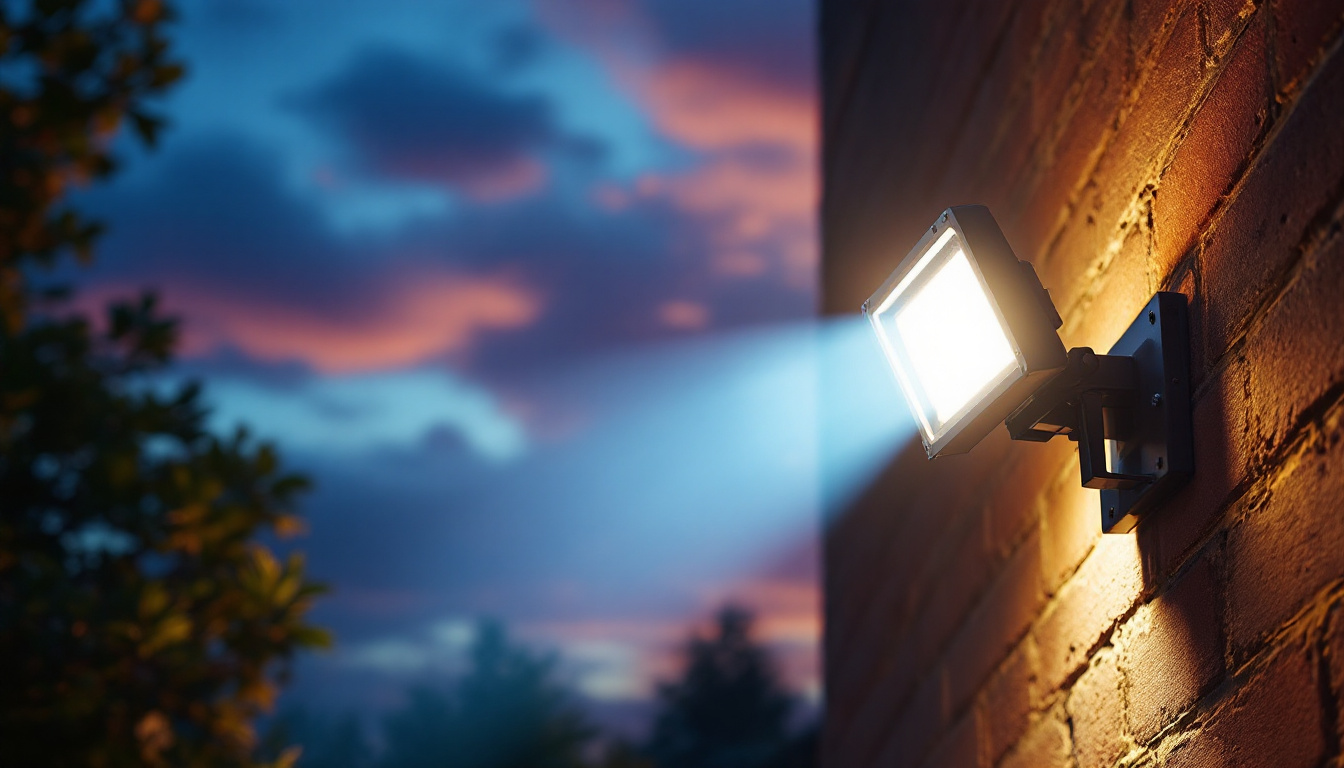
Discover essential insights and tips for lighting contractors in our comprehensive guide on flood lights.
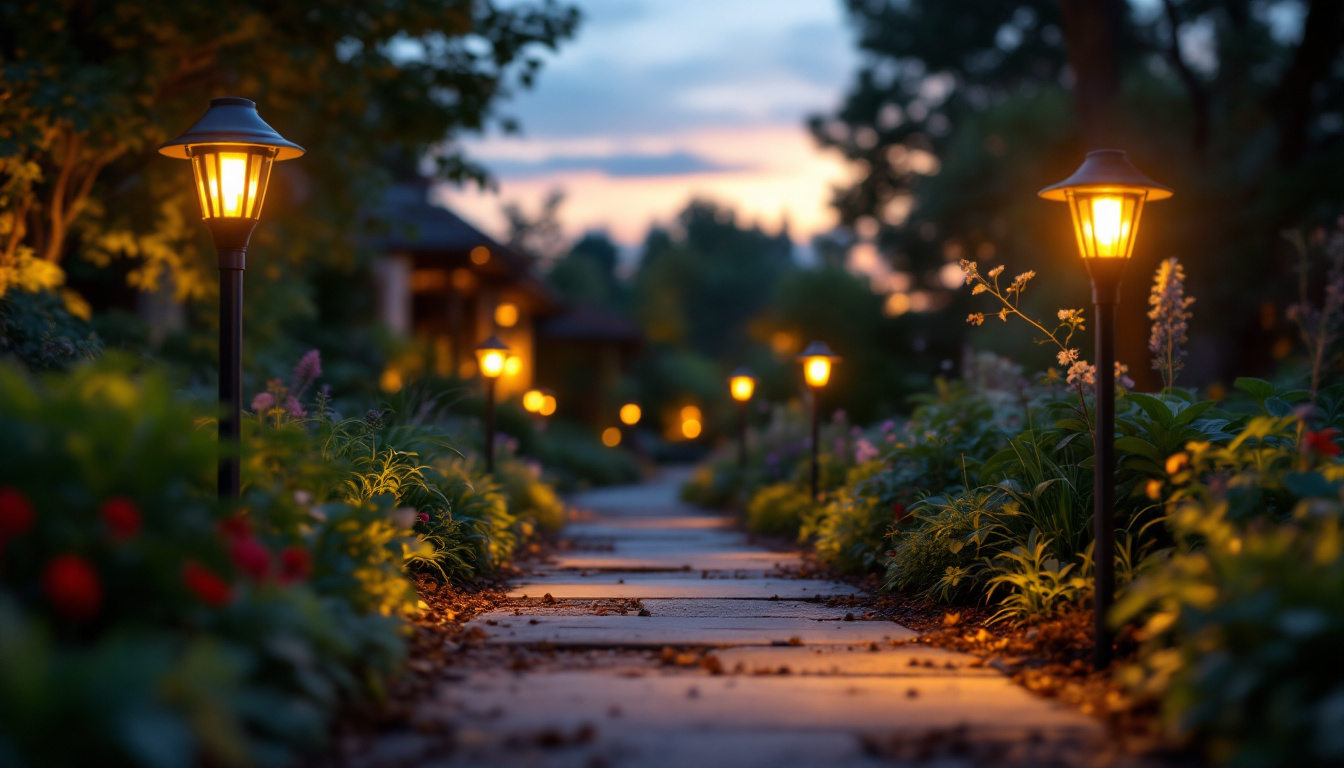
Discover how shepherd hook solar lights are transforming the landscape for lighting contractors.
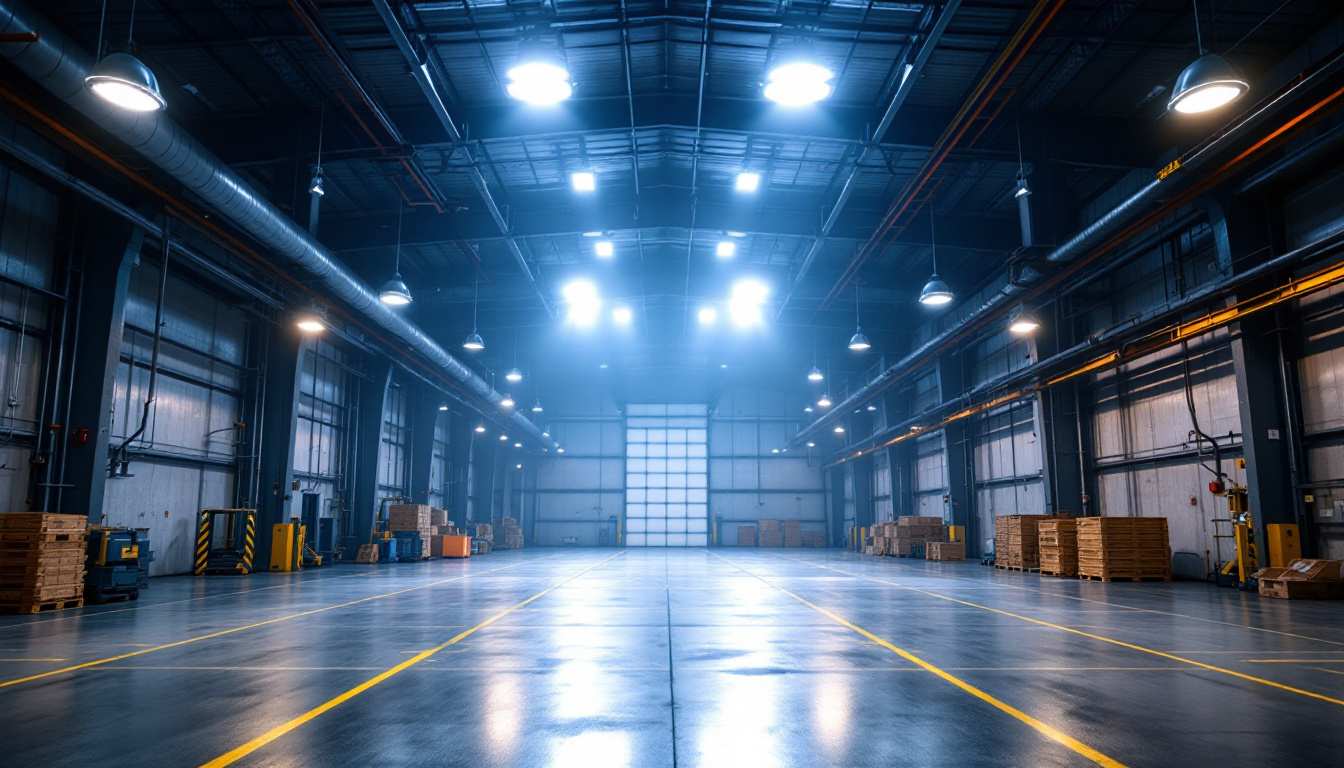
Discover the key differences between high bay and low bay LED lights with insights from seasoned lighting contractors.

Discover the top five reasons why lighting contractors should prioritize different types of fluorescent lights.
Get notified when NEW deals are released.
Optimize your budget with wholesale discounts.
Only top-quality, specification-grade lighting products.
No additional costs at checkout - what you see is what you pay.
We understand the unique needs of contractors.